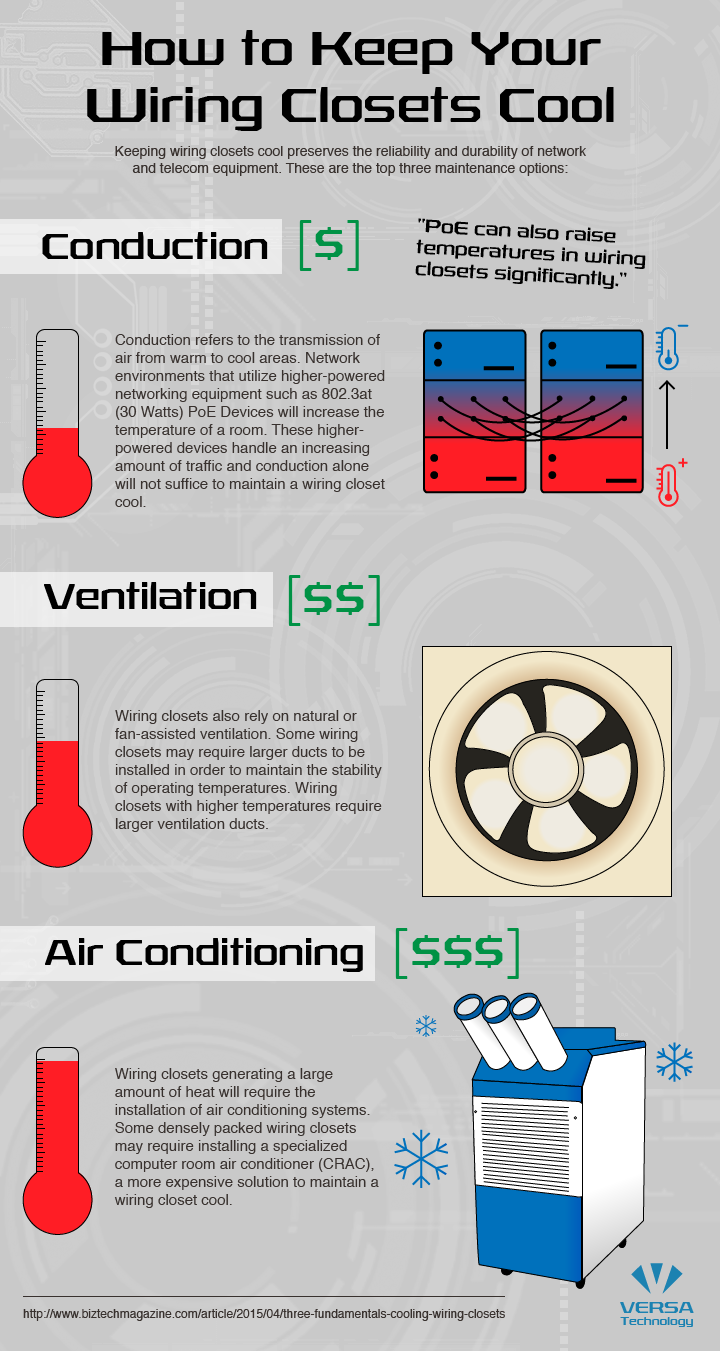Unlock A Streamlined Heat Pump Installment Procedure With The Help Of This Comprehensive Checklist
Unlock A Streamlined Heat Pump Installment Procedure With The Help Of This Comprehensive Checklist
Blog Article
Content Develop By-Brun Marshall
Prior to diving into the installation procedure, it's critical to ensure your home is ready for the approaching heatpump installation. From decluttering the location to inspecting electric compatibility and ventilation, each step plays an essential function in the successful arrangement of your brand-new system. By carefully preparing your home, you lead the way for a smooth setup experience and effective performance of your heatpump. But what various other essential considerations should you remember to ensure a hassle-free procedure?
Clearing Up the Setup Location
Have you prepared the setup area for your heatpump? Prior to the installation procedure starts, it's important to make certain that the area where your heat pump will be installed is clear and ready for the professionals to work successfully.
Start by eliminating any obstacles or clutter near the designated spot for the heat pump. Make certain that there's enough room around the unit for correct ventilation and upkeep accessibility. Eliminate any particles, plants, or furniture that could block the installation process or restrain the heatpump's efficiency.
In addition, look for any possible threats such as overhanging branches or structures that might hinder the heat pump's procedure.
It's essential to produce a secure and unblocked atmosphere for the installation group to operate in. By making the effort to remove the installation location beforehand, you can aid guarantee a smooth and effective heatpump setup procedure.
Monitoring Electric Compatibility
To make sure an effective heat pump installation, it's critical to examine the electrical compatibility of your designated installation location. Begin by guaranteeing that your electrical panel has the ability to support the new heatpump. Inspect if there suffice offered breaker and adequate amperage to manage the extra load. If required, speak with a qualified electrical expert to assess and update your electrical system.
Next, verify if the voltage demands of the heat pump match your home's electric supply. Most heat pumps operate conventional home voltage, however it's vital to confirm this to prevent any electrical concerns during installation. Additionally, guarantee that the circuitry in your house is in good condition and fulfills the specs detailed by the heatpump producer.
Last but not least, take into consideration the location of the nearest source of power to the exterior system of the heatpump. https://average-cost-to-install-c54319.idblogz.com/31025242/baffled-by-strange-sounds-and-differing-temperature-levels-emitted-by-your-heatpump must be accessible for easy link without the need for extensive wiring. By addressing these electrical compatibility variables in advance, you can guarantee a smooth and successful heat pump setup process.
Ensuring Proper Ventilation
For optimum efficiency and effectiveness of your heat pump, making sure appropriate air flow is crucial. Sufficient ventilation enables the heatpump to operate ideally by supplying the necessary air movement for warm exchange processes. Before installation, make sure that the location where the heatpump will be placed has ample ventilation to prevent getting too hot and make sure proper air circulation.
Clear any obstructions around the device to enable unrestricted air movement, which is important for the heatpump to run effectively.
In addition to the area around the heatpump, take into consideration the overall ventilation in your house. Excellent ventilation throughout your home helps distribute conditioned air successfully, making sure regular temperature levels and taking full advantage of power savings. Proper air flow also assists keep indoor air quality by reducing pollutants and dampness build-up.
Throughout the installation process, seek advice from your heating and cooling service technician to confirm that the ventilation needs for your specific heat pump design are met. By prioritizing ventilation, you can improve the efficiency and durability of your heatpump system.
Conclusion
Since you have cleared the installation area, inspected electrical compatibility, and made certain correct air flow, your home awaits a successful heat pump setup. By following click over here now , you have actually produced a risk-free and helpful setting for the new heat pump to operate successfully. Bear in mind to speak with specialists if needed and delight in the benefits of a much more comfortable and energy-efficient home.
